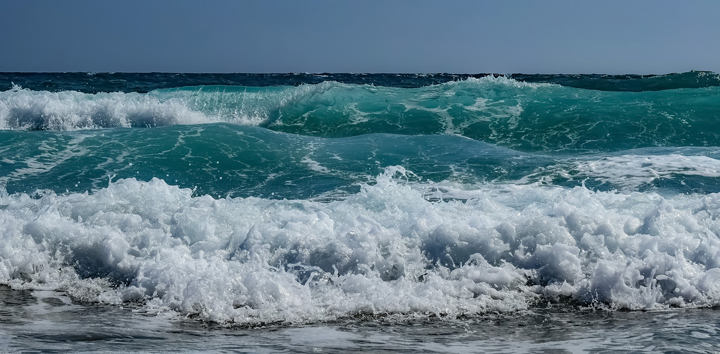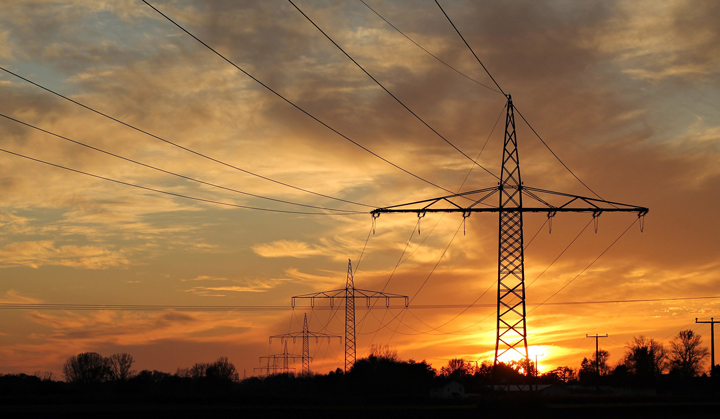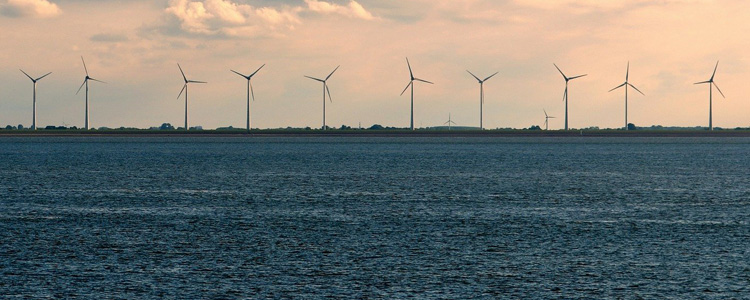IS THE UK’S COAL-FREE HIATUS HERE TO STAY?
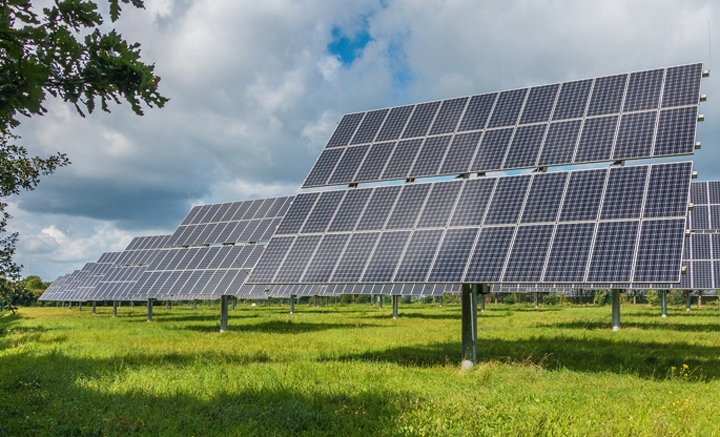
Britain passed a significant landmark in June 2020, as the nation went for two months without burning coal to generate power. A decade ago, around 40 per cent of the UK’s electricity came from coal and, while the recent plummet in demand accounts for some of the success, it isn’t the full story. Simone Bruckner managing director of Cressall, explains why the country no longer depends on burning coal that has, for so long, been the backbone of Britain’s power.
Britain’s new coal-free period has smashed the previous record from June 2019, which lasted for 18 days, six hours and ten minutes. While that hiatus was caused by the unprecedented shutdown of many of the National Grid’s coal-fired power plants, the disruptions in 2020 have been even more remarkable. They are, however, by no means the sole contributor to coal’s decline.
RENEWABLES ON THE RISE
Two examples illustrate the recent changes in Britain’s power network. Ten years ago, wind and solar energy made up a meagre three per cent of the country’s power mix. Compare this to the first six months of 2020, where renewables were responsible for a significant 37 per cent of electricity supplied to the network — this outstripped fossil fuels by two per cent.
Secondly, a company that has historically been one of the biggest players in coal power appears to be moving on from its history. Drax, the UK’s largest power plant, was once the biggest consumer of coal in the UK. Now, the plant is making the switch to compressed wood pellets with the goal of phasing-out coal entirely by March 2021.
While some environmental activists still question the efficiency of burning wood, which still produces carbon emissions in its own right, this change would leave the UK with just three coal-powered plants.
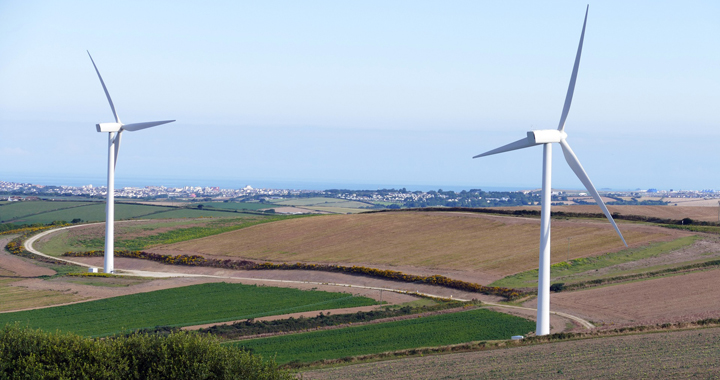
WINDS OF CHANGE
There is one major reason why Britain’s 2020 shift away from coal power will have more longevity than a passing trend. That’s because renewable technology is far more sophisticated than it was ten years ago.
Renewable energy has undergone a massive scale-up in recent years. This is largely as a result of the Paris Climate Agreement, but also because new technologies have made it more possible for renewables to outshine fossil fuels.
In solar panel developments, for instance, research into capturing and using waste heat emitted by solar panels could help to reduce solar costs even more, while doubling the efficiency of solar cells. Photovoltaic tracking panels have also become increasingly popular, which use tracking systems to tilt and shift the angle of the panel as the day goes by to best match the sun’s position.
Wind turbines are much larger nowadays. One example is the 9.6 mega Watt (MW) turbine from Danish producer, MHI Vestas, that alone is able to power more than 8,000 homes. Power storage is increasingly possible, and many companies have partnered with battery producers to store extra power so it can be used on less windy days.
KEEPING TECHNOLOGY TURNING
As renewable resources grow in sophistication, it is vital that other systems also keep pace in order to effectively manage the power they create.
For example, wind turbines are typically connected to the distribution network through step-up transformers. When energised by high inrush currents, these transformers can experience overvoltage on the distribution network. This can potentially damage equipment.
Overvoltage issues can be remedied by using technologies like pre-insertion resistors (PIRs). PIRs, such as those offered by Cressall, are a three-phase resistor with a high thermal mass that allows them to absorb energy from high inrushes, while still being compact enough to fit efficiently in a transformer substation.
Resistor technologies can also help manage power in solar panels. One example is electric motors that help solar panels move to “track” the position of the sun. These motors can be fitted with braking resistors to ensure that the panels stop at the optimum angle when tracking the sun for maximum efficiency.
Braking resistors can also be used on wind turbines, particularly on fixed-speed winder generators where sudden changes in wind speed can have a detrimental impact on the stability of the system. By inserting a dynamic braking resistor in series with the generator circuit, designers can help the system to dissipate the excess power created by stronger winds, before it has chance to damage the entire system.
The UK’s current coal-free reign may not last forever — at least not yet — but the pause from burning fossil fuels certainly marks a brighter future. As renewable resources form an increasing part of our energy mix, it will be ever more essential to ensure that the technologies which power them, and those that manage the power, support the nation’s net zero goal.
For more information on Cressall’s resistor technologies for renewables, click here

